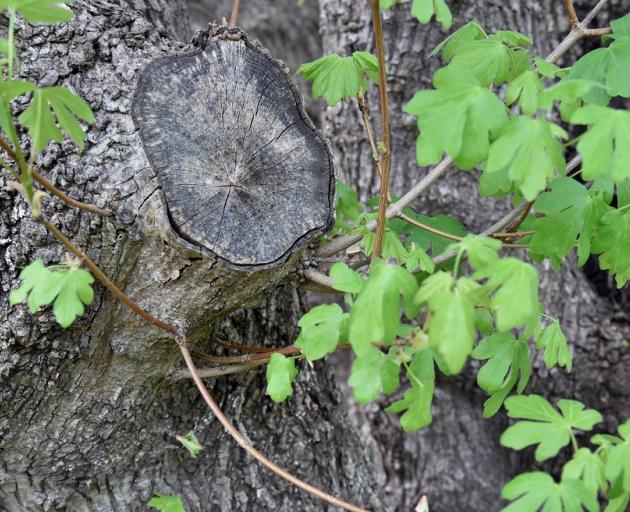
Losing too much mass all at once is likely to put the tree under severe stress, which, short of killing the tree, can lead to poor or stunted growth. Large wounds can also leave the plant open to pest and disease attack.

When a plant is pruned many of the visible buds are removed but some plants have dormant buds not visible but clustered under the bark. These are known as epicormic buds and emerge from where leaves used to exist on structures called nodes.
A typical response to vigorous pruning is for the tree to produce strong singular growths, sometimes referred to as water shoots. If left, these can permanently alter the look of the plant from its natural or desired growth habit.
Depending on your goal, you may wish to tread lightly and minimise the risk of unconventional regrowth, but if your plant needs an extreme makeover, you can use the theory of epicormic growth to your advantage, bearing in mind that not all plants are capable of this response so proceed with caution.
One classic example of this is coppicing - cutting the tree down to bare stumps. This can be used to regenerate the plant and results in a healthy multi-stemmed specimen.
Examples of re-generative pruning can be seen in the Geographic Collection.
• Garden Life is produced by Dunedin Botanic Garden. For further information, contact Saskia Rushton-Green












